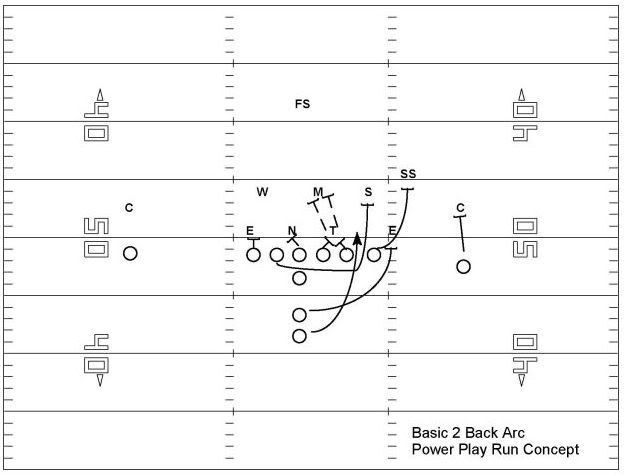Ed. Note: I am not in any way affiliated with Darin Slack and do not profit one dime from any traffic or purchases you make on his website. I am merely a football coach who is astounded by how good his products are and believe that everyone should learn the Gospel of Darin.
One of the first things I was interested in when I made the decision to become a coach was learning how to coach the passing game. Thus began an exhaustive search into materials, DVDs, etc. that has led me to some real gems.
I've noticed there are basically two kinds of teams in high school football: those who can throw the ball and those who can't. It's one thing to run the ball by choice and philosophy. It's quite another to do so out of fear and ignorance. Don't be the latter kind of coach.
After extensive research and a list of testimonials that stretches to Pluto and back, I was led to the work of Darin Slack, proprietor and head instructor of the
Darin Slack Quarterback Academy.
Slack is quite simply
the best QB coach you're ever going to find. He's revolutionized the way QBs are being taught and has worked with numerous pros and major Div. 1 QBs over the years, many of whom still seek out his services even after making "the big time." However, his Quarterback Academy really focuses on training middle and high school aged quarterbacks, as well as their coaches.
Now that the offseason is upon us, one of the best investments you can make in any young gunslinger's development is to enroll him in one of Slack's nationwide
camps. Or if you're in Florida, contact him directly about some
personal training.
For those who can't make it, or for coaches who want to become QB gurus in their own right, Slack also produces some of
the finest coaching DVDs ever made in any sport--stuff that's as enlightening and thorough about QB play as it is "user friendly." His DVDs cover it all: professional grade mechanics, how to throw various routes, how to read coverages, decision making, offseason training for QBs, and even tips on how a coach can better in speeding up the reads and decision making for a QBs.
If you're the lifelong Offensive Line coach who's now as excited as he is terrified at the prospect of working with the QB, or the Head Coach who's tired of watching that talented kid overthrow the wide open receivers on 3rd and long, these DVDs are for you.
His
C4 Self-Correct System is easily the best, most comprehensive guide to QB mechanics and fundamentals on the market. It has everything you'll ever need on the fundamentals of throwing the football.
Slack's
R4 Accelerator System builds on C4 to create "an operating system for your passing game," designed to accelerate and clarify reads and decision making in the context of any offense.
His most recent product is the
F4 system (I hate that he beat me to it, as I had my own ideas for a system to teach OL fundamentals called "F4"). F4 is a year-round workout system to specifically train and condition QBs in ways that translate practically to the field. Yes, it's great if your QB can outlift your entire offensive line or beat Usain Bolt in a sprint... but what good does it do him if he's stiff and immobile in the pocket?
Invest in them. They may look expensive at first, but they're worth more than every penny. You will see the Matrix. And so will your QB.



